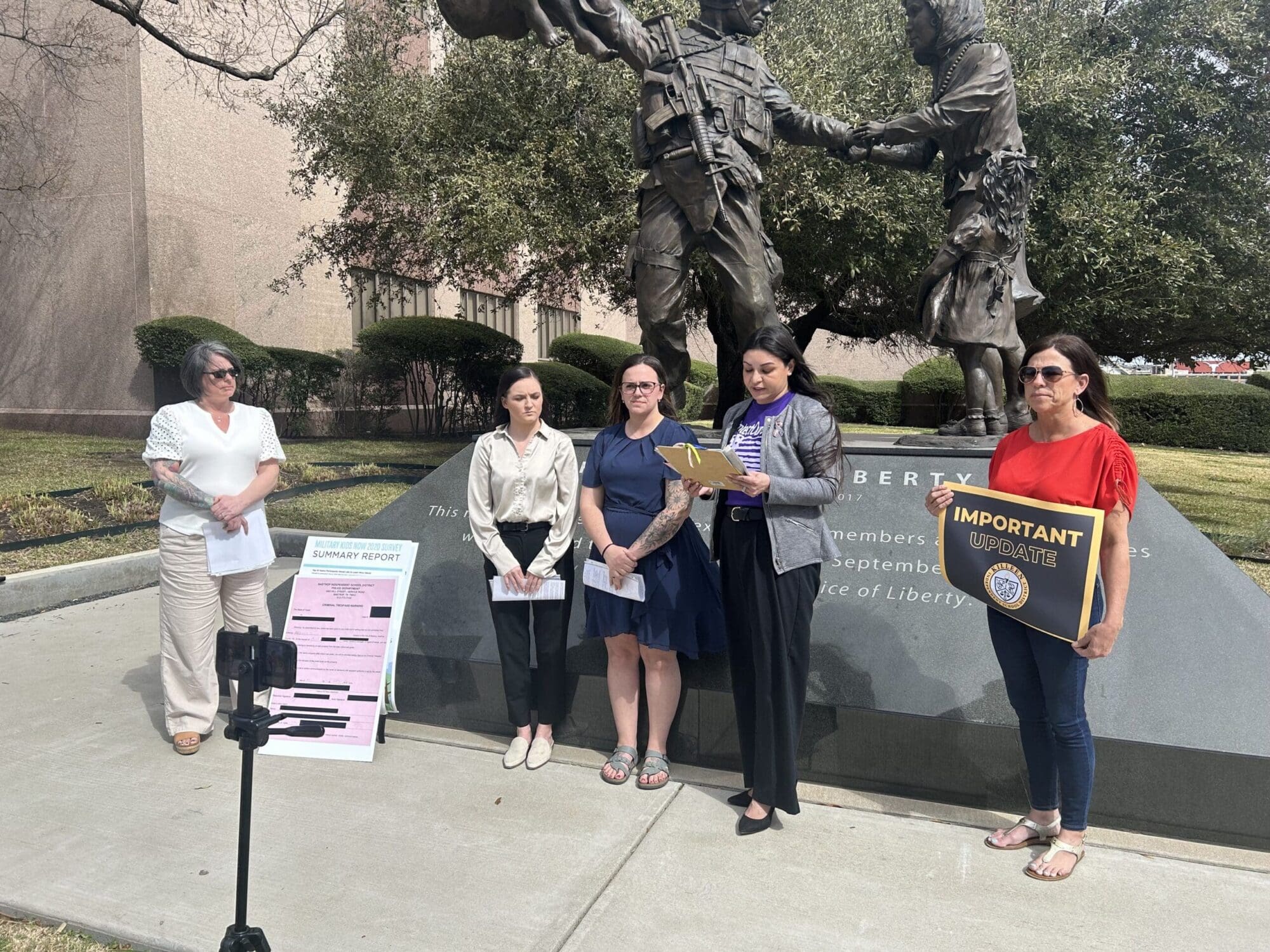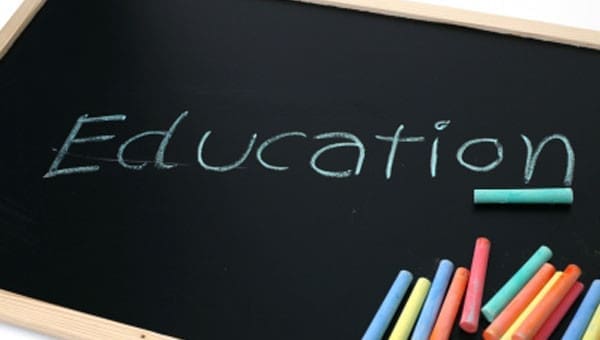Many elected officials in Hays County have gotten into a very bad (and dishonest) habit of blaming others for property tax increases.
The most recent example of this is when I had a public Facebook conversation with a Dripping Springs ISD school board trustee about property taxes, and I brought up evidence for why I’m concerned about the local school board’s management of our money.
Currently, DSISD has more per-student debt than 98 percent of all school districts in the state, a staggering $76,000 per student. And in just the last year, the average homeowner in our district paid almost $500 more in school taxes.
In my social media conversation with the DSISD school board trustee, we discussed the skyrocketing taxes and alarming debt, but the trustee attempted to shift the focus onto the appraisal district and the state. In reality, the school board is the best opportunity we have to slow down these escalating school property taxes, because they have control over the budget, spending, and the tax rate. The tax rate is the controlling factor in the property tax equation. The property valuation isn’t.
So why does the district keep driving tax increases when they have the power to slow them? The answer is simple: debt and spending. The district keeps piling on excessive debt and wasteful spending, which is why they’ve refused to lower the tax rate enough to provide taxpayers relief. On top of that, they will often then blame other government entities for their own financial decisions.
Bad financial decisions run rampant in DSISD. During that same social media conversation, the DSISD school board trustee also asked me if I had any examples of poor spending habits in the district. I was happy to oblige.
After a recent open records request to the district, I discovered they recently budgeted $29,000 for two sinks in an elementary school art room and $35,000 on curtains for an elementary school stage. They have no oversight committee for multi-million dollar bond projects. The district is spending over $4 million to renovate a new administration building, but they won’t even be using 42,000 square feet of the facility. They pay exorbitant fees to architectural firms on a percentage of cost basis, so architects are incentivized to design more expensive buildings.
Those examples are just scratching the surface.
After I posted examples of poor spending habits on that official DSISD Facebook thread, my local trustee blocked me and claimed my comments contained “vitriol.”
With a rapidly growing district and 19 percent of DSISD’s current budget going to pay off debt, it is now more important than ever that we put an end to poor spending habits, prioritize needs over wants, and carefully scrutinize every expenditure.
It’s time for tax payers across our state to demand more fiscal responsibility from our school boards. Misleading taxpayers during public discussions is absolutely unacceptable, and the representatives who engage in this type of behavior should be voted out.
The bottom line is this: real solutions will only come if our school district is honest, stops blaming others for their own decisions, and does better with the money we have.
This is an outside commentary submitted and published with the author’s permission. If you wish to submit a commentary to Texas Scorecard, please submit your article to submission@empowertexans.com.





